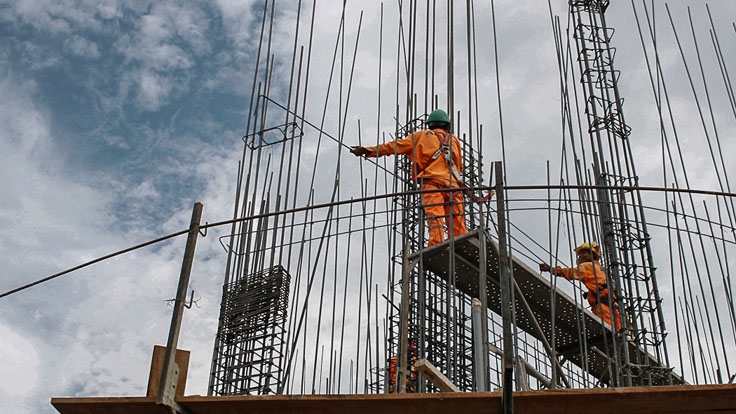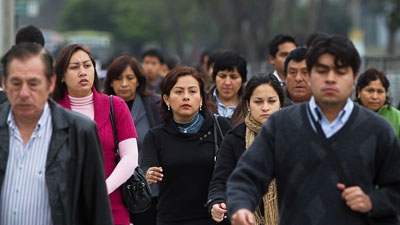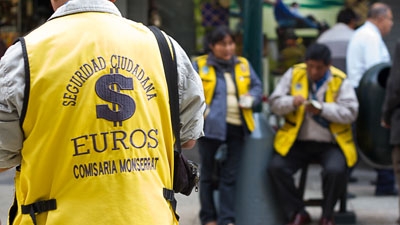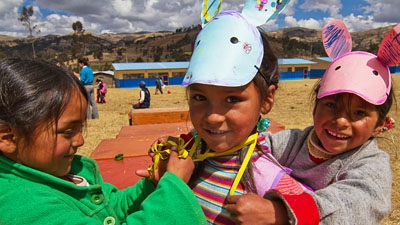Solution
The World Bank’s approach was based on a lending instrument with a programmatic structure that allowed for flexibility in choosing the means, while maintaining the overall objectives of the program. The benefits of this built-in flexibility were evident at the time of the global financial crisis, when the objectives related to fiscal stability, transparency and strengthening the budget process gained relative importance.
In addition, the use of Deferred Drawback Options as an instrument for delivering financing during the crisis proved extremely valuable. The use of the Deferred Drawback Options gave the program the needed flexibility both during the more certain times to ensure that resources were available in case of need and in the face of the global crisis when an urgent increase in the availability of financial resources was needed.
Results
By the end of the program, the Government had achieved a number of fiscal management outcomes.
Increased sustainability and transparency of fiscal policy. Fiscal accounts went back to surplus, with primary surpluses of 0.6 percent of GDP in 2010 and 3.4 percent of GDP in 2011. Public debt declined from 3 percent of GDP in 2006 to 21.7 percent of GDP in 2011. The fiscal deficit was curtailed to 0.5 percent of GDP, which is within the Fiscal Rule.
Equitable, transparent, neutral and stable tax system. Tax revenue recovered to 15.5 percent of GDP in 2011. Sub-national collection of taxes and non-tax revenue increased by 13 percent, on average, in 2006-11. Taxpayers have access to comprehensive tax information.
Strengthened budget reporting and planning. The Treasury Single Account is fully functional. Since 2009, the budget uses classifiers that are consistent with international standards set by the Government Manual Statistics Manual (GFSM).
Increased equity in intergovernmental transfers. The Government established compensation funds, such as the Regional Compensation Fund (Fondo de Compensacion Regional, FONCOR) and the Promotion Fund for Regional and Local Public Investment (Fondo de Promoción a la Inversión Pública Regional y Local, FONIPREL), which favor local Governments that receive little or no transfers from mineral revenues. The criteria for allocation of the Municipal Compensation Fund (Fondo de Compensación Municipal, FONCOMUN) to municipalities were modified to address the basic needs of the population.
The Government also achieved a number of competitiveness outcomes by the end of program:
More transparent, accessible, and agile public sector processes. All central Government agencies publish and execute all purchases of over S/.10,000 through the State Electronic Procurement System (SEACE). About two-thirds of local Governments procure on-line through the SEACE.
Reduced transaction costs for the private sector to enter, operate in, and exit markets.
Expanded and deepened international trade. Import tariffs were gradually reduced. The average effective tariff is 0.9 percent. Free Trade Agreements (FTAs) were signed and implemented with the United States, Chile, Canada, China, Mexico, Singapore, Thailand, the Republic of Korea, and the European Union. Peru’s dependence on natural resources exports has declined. The share of traditional exports of total exports fell from 80 percent to 63 percent, by volume.
Promoted sustainable financial deepening. The number of debtors rose from around 250,000 in 2002 to about 1.5 million in 2011. Housing finance has recently grown by about 20 percent per year, but from a very low basis. Currently, there are just 150,000 mortgages, totaling about 3 percent of GDP. Collateralized credit has increased by about 20 percent per year, but it is still fairly undeveloped. Still, the number of credits with collateral is small. Credit for micro and small enterprises increased from 9.2 percent in 2006 to 17.7 percent in 2011.




